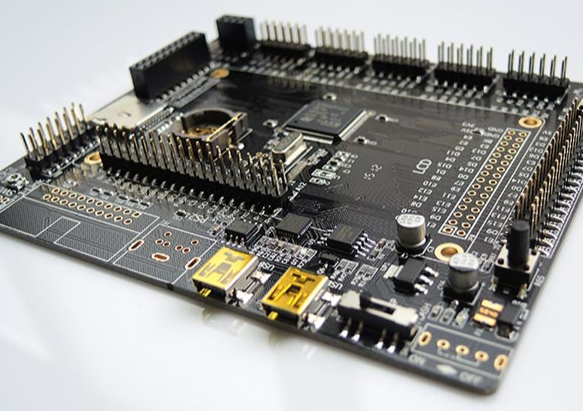In order to maintain a good production order and production environment in the SMT workshop, improve production efficiency, ensure the normal operation of the production system, strictly do a good job of dust-proof and anti-static work to ensure that the electronic products produced are not damaged by static electricity and man-made, combined with PCB company This system is specially formulated for the actual situation.
This system is suitable for all employees entering the workshop and managers at all levels.
Quality Assurance Management
When the engineer is in the new product introduction phase, he should strictly prepare the materials (engineering BOM, work location map) first; then prepare the program, and the completed program must be reviewed to ensure that the program is correct and the first protective board is tested; Then measure the resistance and capacitance value and direction of each component on the test board, and QC records the measurement results. If there is a difference between the measured value and the standard value (not within the allowable range of error), it should be confirmed in time. Mass production can only be carried out after the supervisor signs and confirms that it is correct.

QC not only checks the soldering of the components, but also checks the correct placement of the PCB components produced, such as the direction of the IC and whether there is a lack of material. After QC goes to work every day, it needs to compare the position map of the PCB being produced for the first time, and compare each component on the position map with the actual PCB one by one to ensure that there is no wrong material or wrong product in the opposite direction.
When the placement machine operator performs parts replacement and line replacement input, he should replace it according to the station position in the production procedure, and then the engineer confirms it, fills in the "Replacement Record Form", and QC confirms the OK sign before starting production.
When performing product switching and front and back switching, the machine operator should prepare the materials in advance. First, the placement machine operator and the printing operator check the materials; then the engineer and the operator check again. Both use BOM and production procedures as standard documents, and both use one person to read the refueling station and the other to view the materials at the station.
The operator of the printing press must strictly follow the work instructions. When printing, a trial printing confirmation should be carried out. The trial printing should be made of rubber cardboard. After printing two OKs on the rubber cardboard, the empty PCB can be printed, and the printing report should be filled in. . The printing operator must arrange the solder paste frequently to ensure the quantity and quality of the solder paste on the stencil.
When switching the double-sided (semi-finished product to finished product) production process, the technician should carefully check the thimble of the printing machine, the placement machine, the track and support of the reflow furnace, etc., to ensure that the single-sided parts are not missing or damaged when producing double-sided Wait for defects, and at the same time, QC must fully inspect the reverse side of the PCB (that is, the semi-finished surface) when inspecting the finished product.
For QC visually inspected finished or semi-finished PCBs, the engineer will conduct random inspections according to a certain proportion at regular intervals. If the random inspection is found to be defective, the entire batch of PCBs inspected by the QC will be returned to the QC, and the visual inspection will be performed again. The goal of QC is to achieve no bad outflow.
For the post-process (such as functional inspection, post-welding) feedback to the SMT department for poor placement (ie poor placement from QC), the engineer should carefully analyze the cause of the defect, write a written review process and countermeasures, and complete 5W (When, where, why, what, who)-1H (how) review report.
The above is an introduction to the SMT workshop quality assurance management system methods